expiredphoinix | Staff posted Oct 17, 2022 12:44 PM
Item 1 of 10
Item 1 of 10
expiredphoinix | Staff posted Oct 17, 2022 12:44 PM
Sony a7 III ILCE7M3/B Full-Frame Mirrorless Interchangeable-Lens Camera with 3-Inch LCD, Body Only - $1698.00 + F/S - Amazon
$1,698
$1,998
15% offAmazon
Visit AmazonGood Deal
Bad Deal
Save
Share
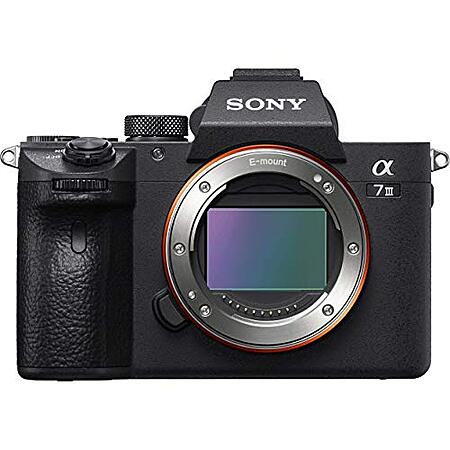
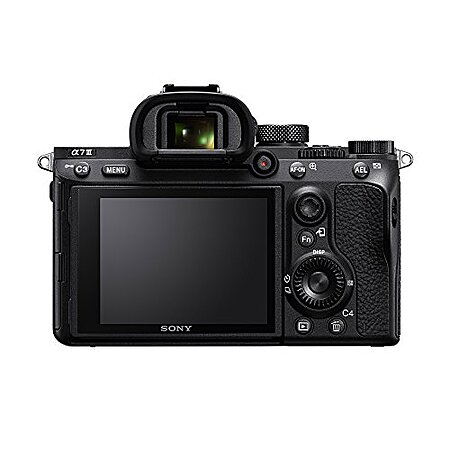
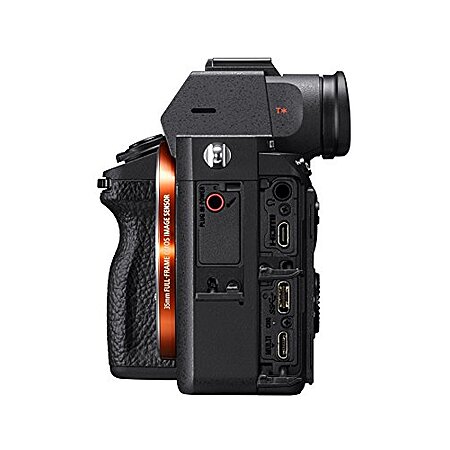
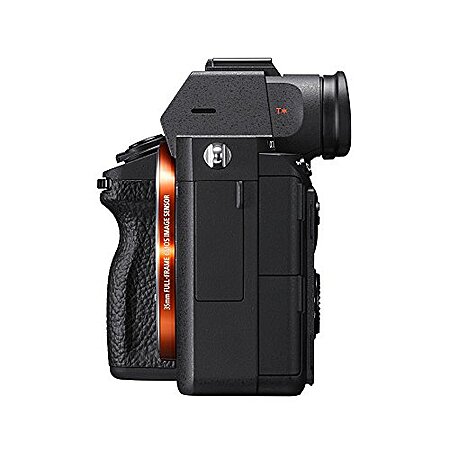
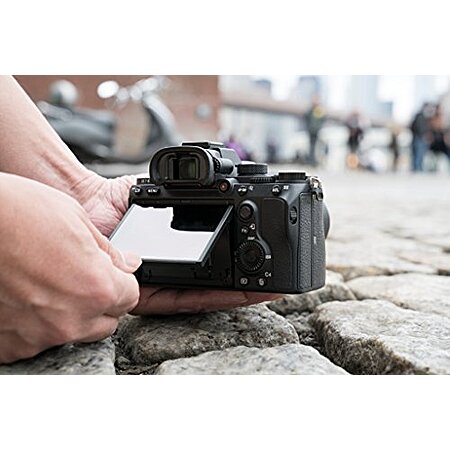
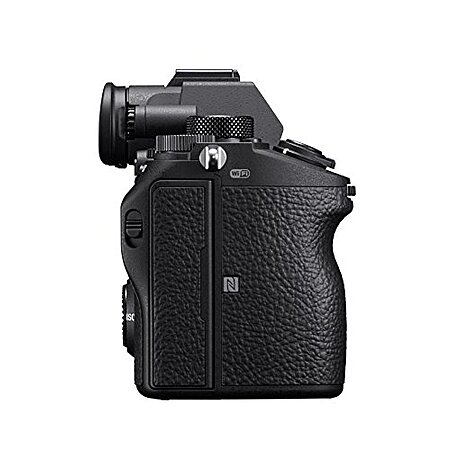
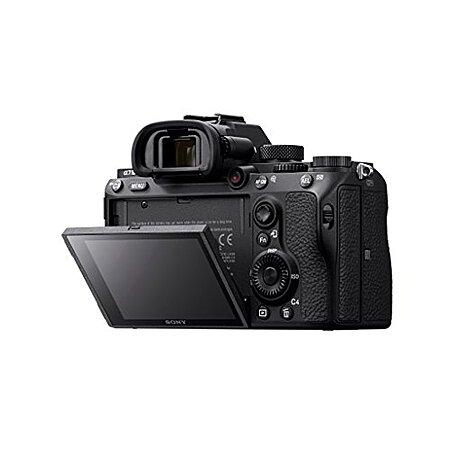
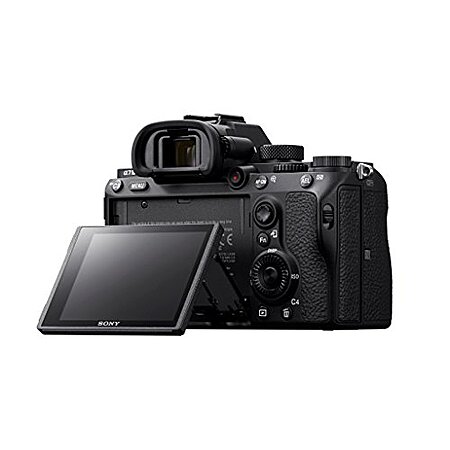
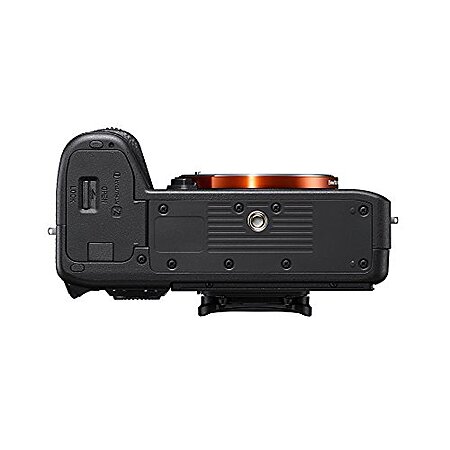
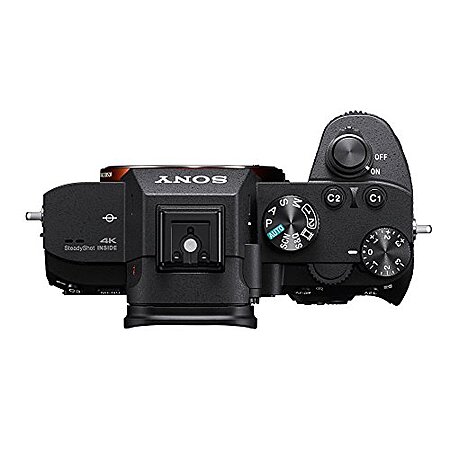
Leave a Comment
21 Comments
Sign up for a Slickdeals account to remove this ad.
Our community has rated this post as helpful. If you agree, why not thank gameshoes
When you demand good low light performance, be ready to spend that money on a lens. But, yes, the A7iii would perform better than the A6400 thanks to its larger sensor. Just keep in mind you're going to spending much more on a lens.
And you will need to temper your expectations. Shooting 80 yards away in low light will cost you $13,000 USD. Settle for a 70-200 f2.8 at $2800 and move closer.
Sign up for a Slickdeals account to remove this ad.
When you demand good low light performance, be ready to spend that money on a lens. But, yes, the A7iii would perform better than the A6400 thanks to its larger sensor. Just keep in mind you're going to spending much more on a lens.
And you will need to temper your expectations. Shooting 80 yards away in low light will cost you $13,000 USD. Settle for a 70-200 f2.8 at $2800 and move closer.
It wont give you the shallow depth of field, but has a lot of zoom in a small package and does 4K video without overheating issues.
Was looking at the LUMIX for this, but would this be a good substitute? Would mostly use for online video, but prefer a camera that I can also take off the tripod and bring out into the field for some hobby photography.
Is it still worth buying something like this for a dedicated high def web cam, or should I just wait for the new macOS release to use my iphone as a webcam?
Was looking at the LUMIX for this, but would this be a good substitute? Would mostly use for online video, but prefer a camera that I can also take off the tripod and bring out into the field for some hobby photography.
Is it still worth buying something like this for a dedicated high def web cam, or should I just wait for the new macOS release to use my iphone as a webcam?
The recording limit of 30 minutes found on the A7III has now been removed too in A7 IV.
The A7III only offers 8bit 4:2:0 internal shooting options whereas the A7IV now shoots 10 bit 4:2:2 internally with the option to use the H.265 codec or All Intra H.264 at a bit rate of 300mbps for 30p or 600mbps for 60p footage. Lower data rates are also available for those who don't need the added grading headroom or simply want to save on disk space.
The screen on the A7 III tilts, the A7 IV flips out so you move it to different angles if you're filming in landscape or in front of the camera. Not only is the new screen in A7 IV fully articulating it has also increased the resolution from 0.92 million dots to 1.04 million dots. More importantly the screen now has a 3:2 aspect ratio which matches the cameras sensor resulting in less wasted space on the screen.
There is now a dial in A7 IV below the PASM dial which allows you to switch between photo, video and S&Q modes. The dial is lockable as is the unmarked exposure compensation dial (it can be set to whatever you want now). There are also 3 custom setting slots on the PASM dial as opposed to 2 on the A7III.
A7 IV support full-size HDMI while A7 III support micro HDMI
A7 IV can be powered over USB-C forever, while the A7 III can not. You'll need a dummy battery to power the A7 III.
- When compare A7IV vs A7III, The A7IV appear sharper than A7III since it's oversampling a 7k image down to a 4k image.
- The A7 III Has In-body stabilization and Optical SteadyShot, while the A7 IV has all of those plus the addition of Active Stabilization. The active stabilization crops in on the image a bit, but also does a great job at keeping the frame very smooth. The 4 can also record the camera gyro data and apply stabilization in post.
- The A7IV has a feature called Focus Map, where you can see which areas are in focus. It's a little wild to get used to but a helpful tool when you don't have an external monitor to zoom in and use peaking.
Webcam - You can use the A7IV as a webcam without a capture card while A7 III cannot.
XFocus Breathing Compensation - When shooting video with certain lenses, the focus breathing can be pretty distracting. The A7 IV has a feature that will remove focus breathing on supported sony lenses to remove that distraction altogether.
A7III vs A7IV Autofocus
If all of the other specs were the same with the 3 and 4, except for the autofocus, it would still be enough for someone to upgrade to the A7 IV.
The A7 III uses face detect autofocus, which does work well, but you cant use an HDMI out like a monitor or connect it to the RS2 Raven Eye while filming in 4K. The A7 IV has improved autofocus and can use human, bird or animal eye autofocus in video mode, even while using an external monitor or recorder.
Sign up for a Slickdeals account to remove this ad.
The recording limit of 30 minutes found on the A7III has now been removed too in A7 IV.
The A7III only offers 8bit 4:2:0 internal shooting options whereas the A7IV now shoots 10 bit 4:2:2 internally with the option to use the H.265 codec or All Intra H.264 at a bit rate of 300mbps for 30p or 600mbps for 60p footage. Lower data rates are also available for those who don't need the added grading headroom or simply want to save on disk space.
The screen on the A7 III tilts, the A7 IV flips out so you move it to different angles if you're filming in landscape or in front of the camera. Not only is the new screen in A7 IV fully articulating it has also increased the resolution from 0.92 million dots to 1.04 million dots. More importantly the screen now has a 3:2 aspect ratio which matches the cameras sensor resulting in less wasted space on the screen.
There is now a dial in A7 IV below the PASM dial which allows you to switch between photo, video and S&Q modes. The dial is lockable as is the unmarked exposure compensation dial (it can be set to whatever you want now). There are also 3 custom setting slots on the PASM dial as opposed to 2 on the A7III.
A7 IV support full-size HDMI while A7 III support micro HDMI
A7 IV can be powered over USB-C forever, while the A7 III can not. You'll need a dummy battery to power the A7 III.
- When compare A7IV vs A7III, The A7IV appear sharper than A7III since it's oversampling a 7k image down to a 4k image.
- The A7 III Has In-body stabilization and Optical SteadyShot, while the A7 IV has all of those plus the addition of Active Stabilization. The active stabilization crops in on the image a bit, but also does a great job at keeping the frame very smooth. The 4 can also record the camera gyro data and apply stabilization in post.
- The A7IV has a feature called Focus Map, where you can see which areas are in focus. It's a little wild to get used to but a helpful tool when you don't have an external monitor to zoom in and use peaking.
Webcam - You can use the A7IV as a webcam without a capture card while A7 III cannot.
XFocus Breathing Compensation - When shooting video with certain lenses, the focus breathing can be pretty distracting. The A7 IV has a feature that will remove focus breathing on supported sony lenses to remove that distraction altogether.
A7III vs A7IV Autofocus
If all of the other specs were the same with the 3 and 4, except for the autofocus, it would still be enough for someone to upgrade to the A7 IV.
The A7 III uses face detect autofocus, which does work well, but you cant use an HDMI out like a monitor or connect it to the RS2 Raven Eye while filming in 4K. The A7 IV has improved autofocus and can use human, bird or animal eye autofocus in video mode, even while using an external monitor or recorder.
Leave a Comment